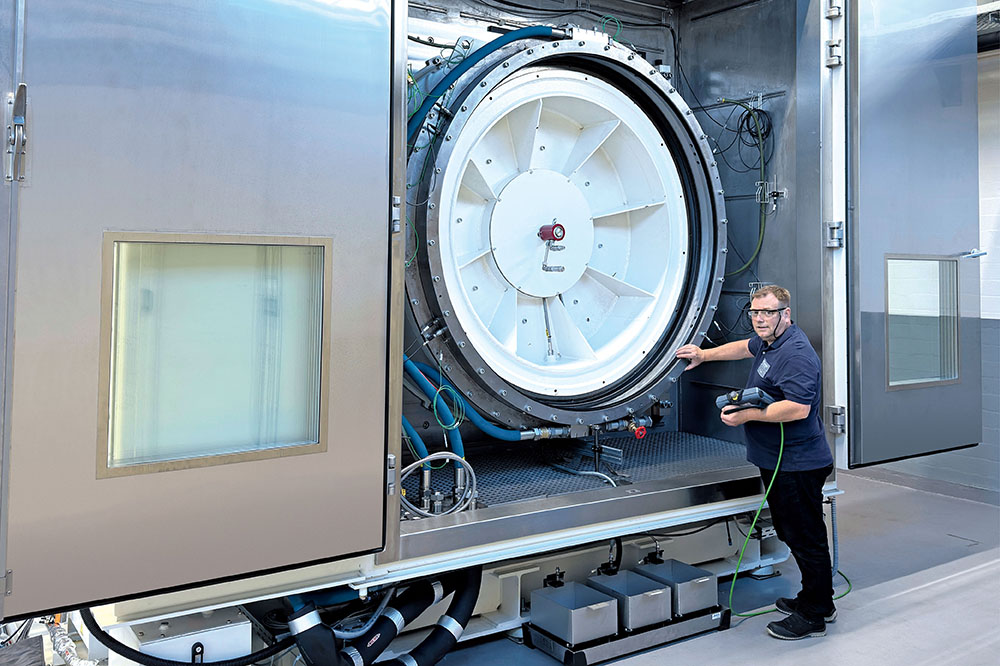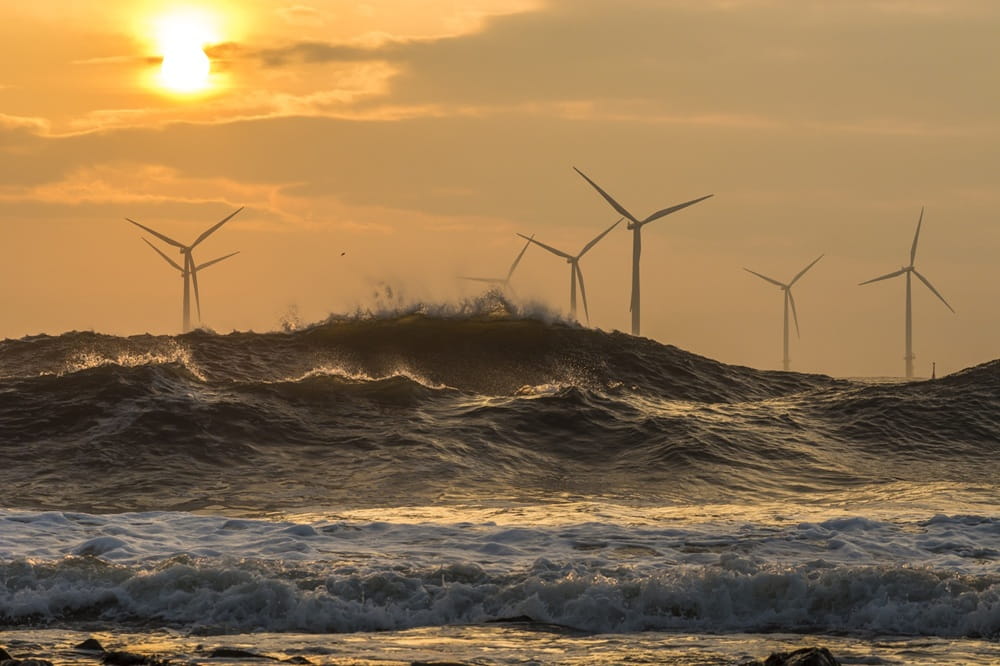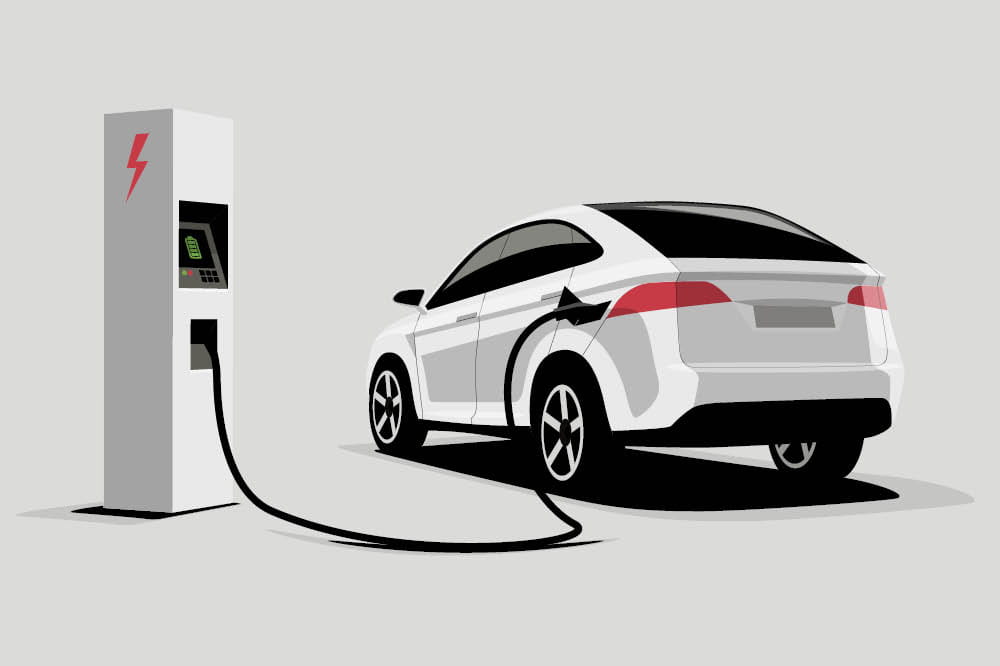Obtain news and background information about sealing technology, get in touch with innovative products – subscribe to the free e-mail newsletter.
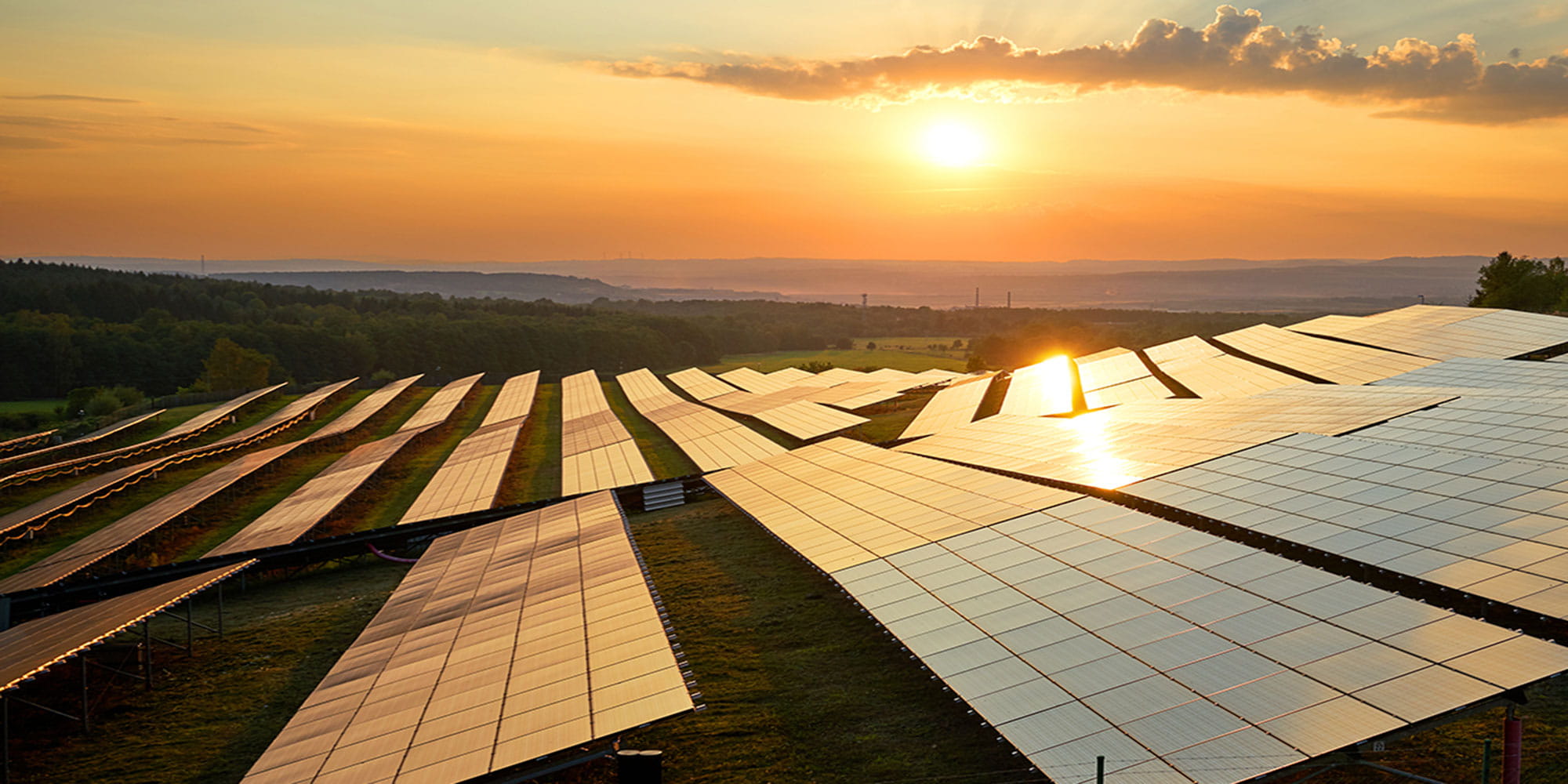
03.10.2017 | Story
How Electric Power Came from the Sun
The future’s mix of electric power would be inconceivable without solar energy. Some forecasts assume that one-fifth of the electric power on the planet will come from photovoltaics in 2050. A small mishap paved the way for this technology.
The realization that sunlight can be a source of electricity as well as warmth is 178 years old. In 1839, the French physicist Alexandre Edmond Becquerel noticed that more electric current flowed during daylight than in darkness during experiments with a platinum anode and cathode. But an accidental discovery in 1940 proved to be decisive for the commercial use of solar energy. In his research on silicon, the American physicist Russell Ohl observed an effect that was similar to the one that Becquerel noted 100 years earlier: Electric current flowed under the application of light. But he benefited from a simple fact: his sample had a crack in it. This apparently led to positive charging on one side and negative charging on the other due to contamination with other atoms. As a result, current was able to flow. This positive-negative transfer remains the basis for every silicon solar cell down to the present.
Silicon Contamination as a Recipe for Success
Ohl had made his discovery at the Bell Telephone Laboratories, and it was to prove valuable to other researchers at this institution. One decade after Ohl’s sudden insight, Gerald Pearson, Calvin Fuller and Daryl Chapin were looking for a way to autonomously supply remote telephone facilities with current. They learned that the silicon used in the new transistor technology exhibited the capabilities that Ohl had discovered. In the meantime, it had become clear that silicon contaminated with other elements became more sensitive to light and produced higher voltages. The results were still not satisfactory, so Pearson, Fuller and Chapin experimented with boron and arsenic. They mixed – or doped, in the jargon of the profession – the silicon with traces of the two elements on its upper or lower side and reached energy conversion efficiencies of up to six percent. On that basis, the first silicon solar cell was presented to the world in 1954.
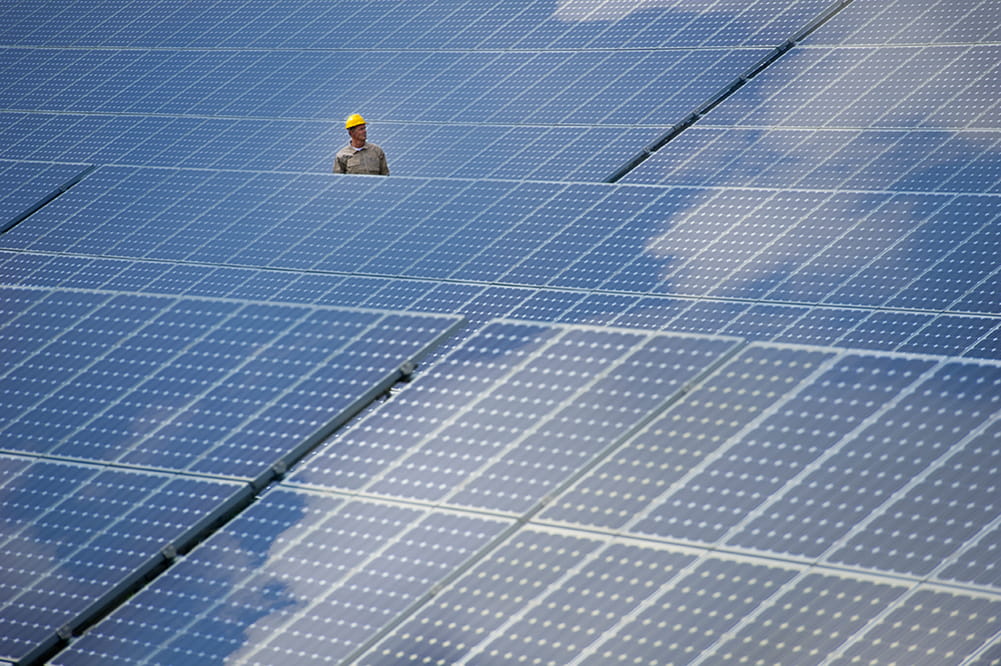
Breakthrough in Space
The new bundle of energy was to prove its worth very quickly – in outer space of all places. NASA equipped its Vanguard I satellite, which was launched in 1958, with 108 solar cells to power a transmitter. They performed the task so reliably that it was still sending out signals six years later. Solar cells have been an important source of energy for satellites, probes and spaceflight down to the present. For a long time, the use of photovoltaics on earth did not pay off due to their enormous production costs. But thanks to the continuous development of the technology, they became an appreciable factor in energy production beginning in the 1990s.
Efficiency Now at More than 26 Percent
In March 2017, Japanese researchers reported the development of a silicon solar cell that exhibited an efficiency of 26.3 percent. Such a high value for the conversion of light energy had never been achieved. The limit is generally put at 29 percent. Silicon solar cells presumably cannot coax a higher share of energy from sunlight. Still, it is an impressive amount when you consider that it was an accident gave the development a boost in the first place.
In the November edition of our customer magazine ESSENTIAL, we present other groundbreaking innovations that owe their success to a stroke of good fortune. Stay tuned for the edition entitled “Awakenings.”
More news on the subject Renewable Energies

Join Us!
Experience Freudenberg Sealing Technologies, its products and service offerings in text and videos, network with colleagues and stakeholders, and make valuable business contacts.
Connect on LinkedIn! open_in_new